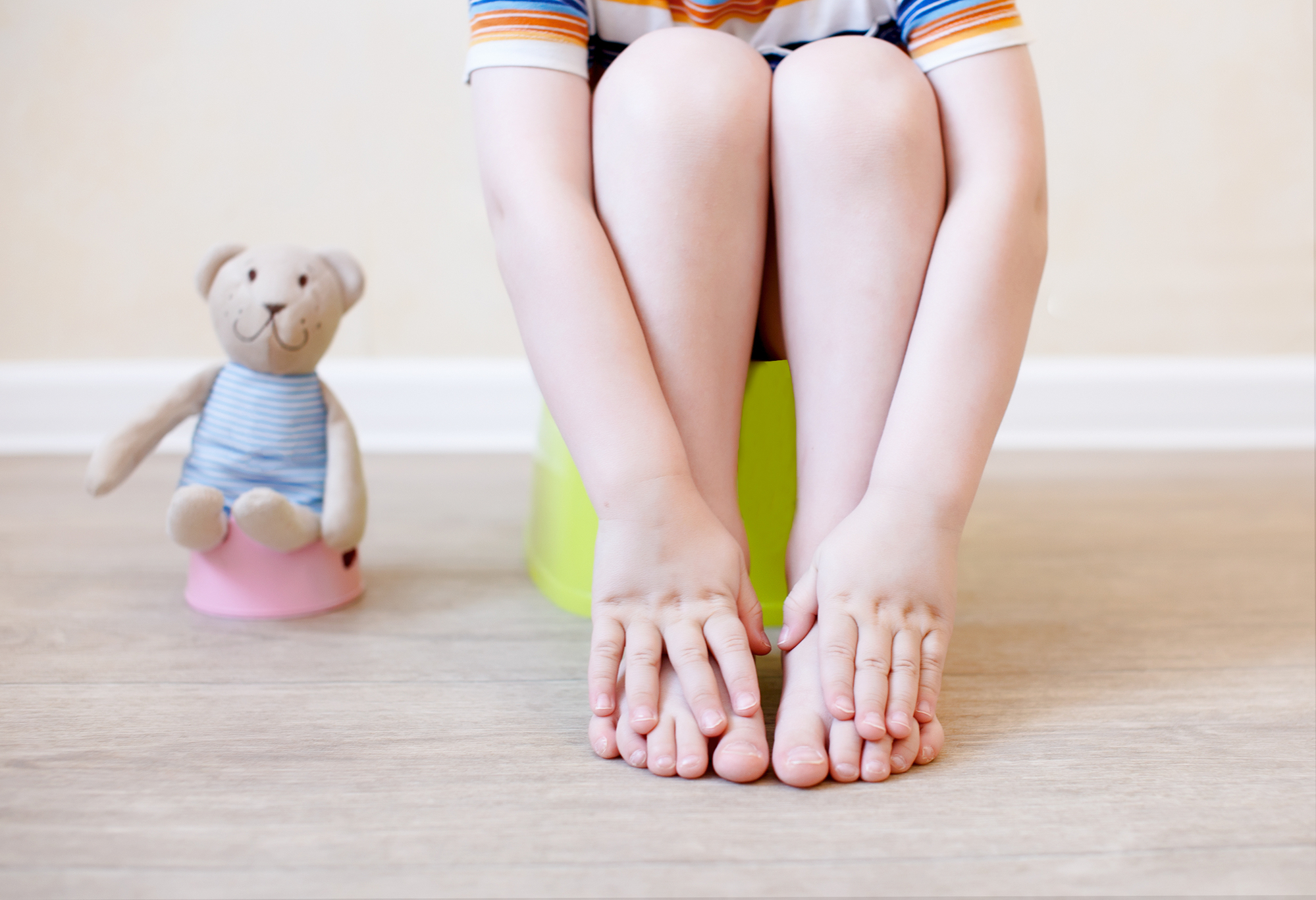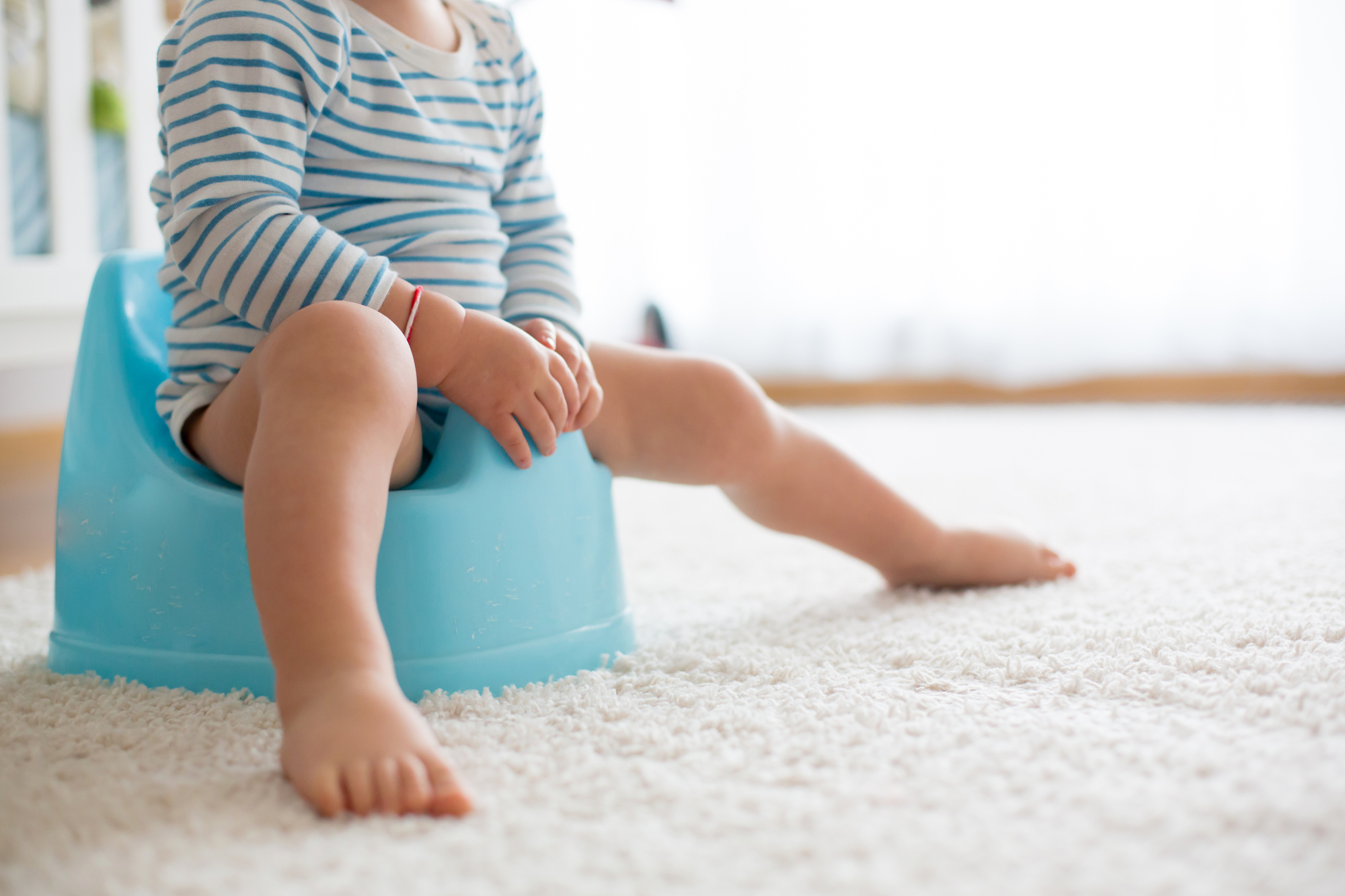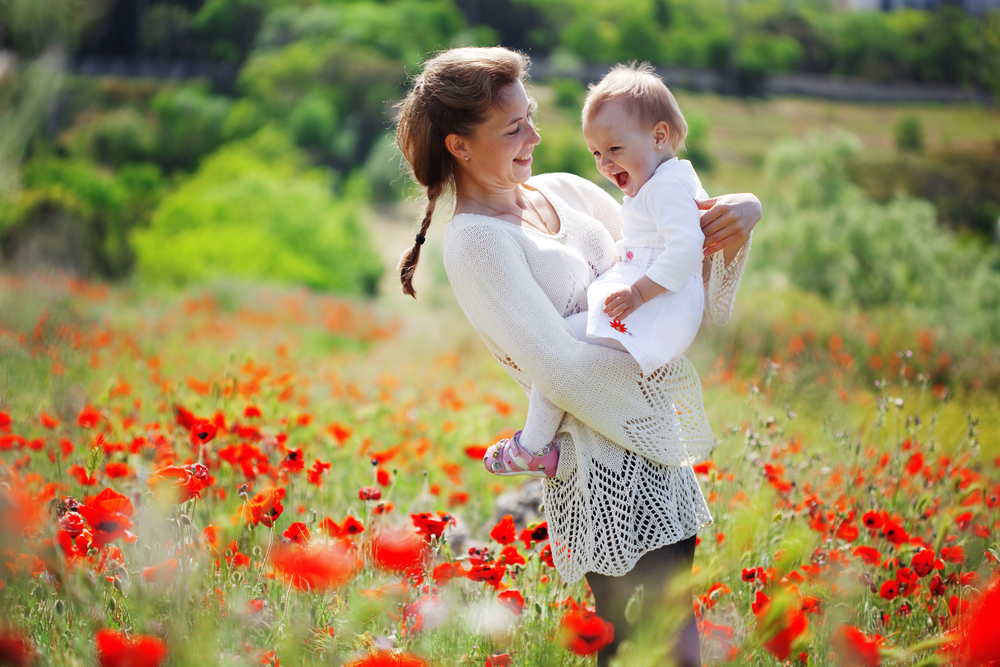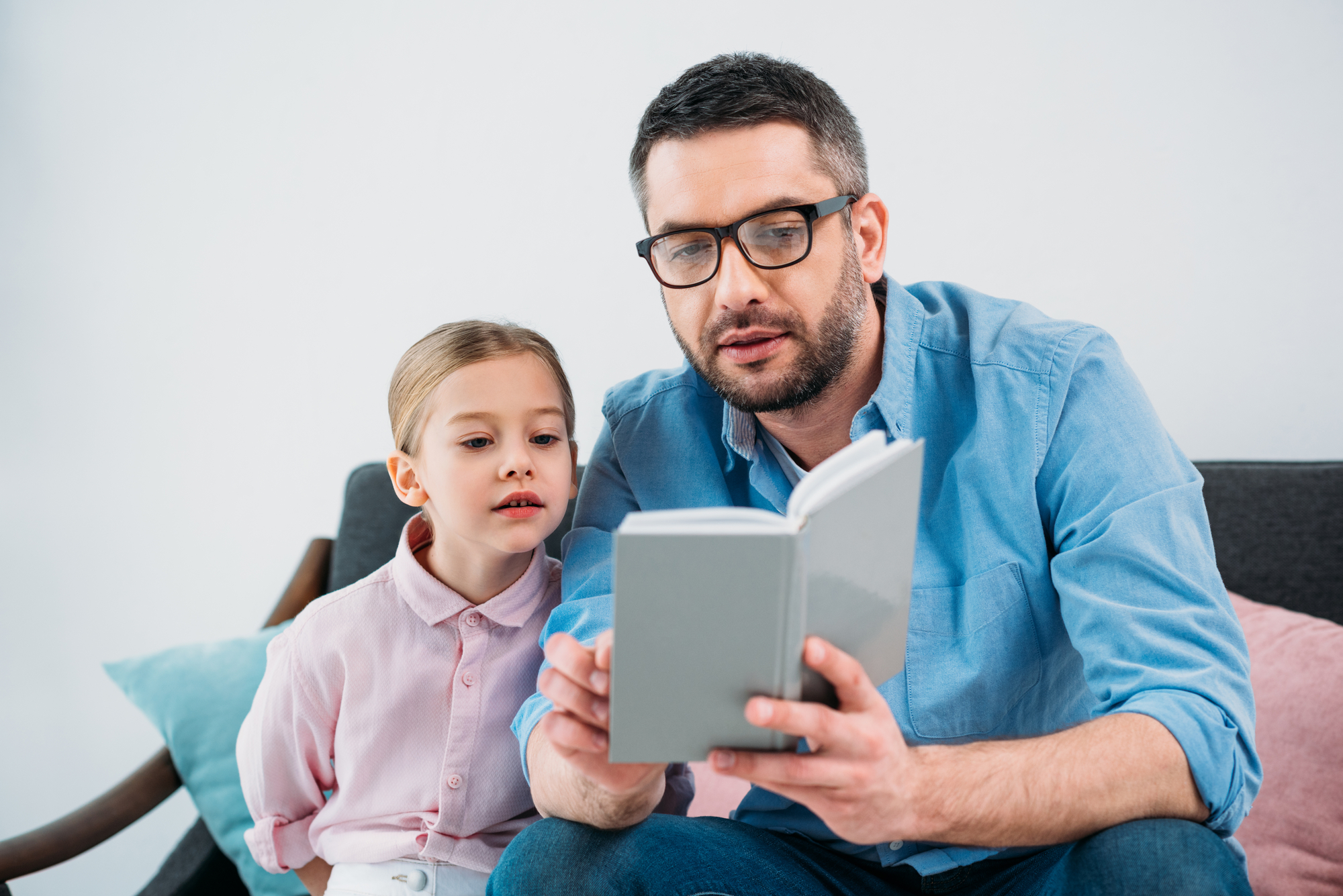Ken from iflydad.com is on a journey to be the best Dad he can be. He has shared his best Toilet Training Tips here.
Toilet training is an exciting time but can be overwhelming. Here are my best tips to make it a success.
With toilet training, every parent wants to know what the best method is. Unfortunately, there isn’t just a straightforward answer that works for all children. Every child is going to be ready in their own unique time.
However, there are a few methods that have proven to be more successful than others. Below, we will go over some of the most prevalent toilet training methods and offer tips on how to make them work for your child.
How Do I Know If My Child is Ready to Start Toilet Training?
Since all children are different and can be ready for toilet training on their own unique timeframe, it may be challenging to know when to start. Here are five ways to tell if he or she is ready:
#1. Your child shows an interest in the toilet or potty. This may manifest as your little one wanting to watch you use the restroom, wanting to sit on the toilet themselves (even with clothes on), or wanting to flush.
#2. You notice your child has more regular and consistent bowel movements. This means that he or she can “hold it” for more extended periods of time, which is necessary for successful toilet training.
#3. Your child is staying dry for longer periods of time. This includes not just during naps and overnight, but also when they are up and active.
#4. Your child can communicate his or her needs. This may be as words, sounds, or gestures. For example, he or she may tell you they need to “go potty” or may sign or say “bathroom” when they need to use the restroom.
#5. Your child can follow simple instructions. This toilet training readiness milestone is important as your little one will need to understand and follow directions in order to successfully use the toilet.
Now that you know the signs that your child may be ready to start toilet training, here are my top 10 best tips to make the process as smooth as possible:
#1. Be sure to have plenty of supplies on hand, such as a potty chair or seat, toilet seat covers, and a step stool. It’s also helpful to have plenty of changes of clothes and underwear, as there will be accidents.
#2. Be patient. It’s important to remember that toilet training is a process, and there will be good days and bad days. Just stay positive and keep at it!
#3. Start with small steps and build up from there. You can begin by having your child sit on the potty chair or seat before nappy changing and then progress to doing this more regularly.
#4. Make it a fun and positive experience. Be sure to praise your child when they do well and avoid punishing them for accidents.
#5. Be consistent. Once you start toilet training, it’s important to stick with it and not go back to nappies or pull-ups.
#6. Be prepared for setbacks. There will inevitably be accidents, and days where it seems like your child is not making any progress. Regressions are very normal and so consistency is important.
#7. Encourage your child to go potty/toilet at regular intervals. This may be every hour or two or after meals and snacks, but not too often that they lose interest.
#8. Go shopping for underwear together! Get your child excited about the process and letting them choose the undies is a great way to get them involved.
#9. Offer rewards for successful toileting attempts. This may be a sticker chart or small treats or toys.
#10. Most importantly, don’t give up! Toilet training can be frustrating at times but be prepared for it and make sure everyone who is caring for your child is on board with the strategies.
What May Work For Others May Not Work For You
Keep in mind that your friends and family may give you all the advice in the world about toilet training. They will tell you what worked for their child, and they may have your best interest in mind, but it may not work for your child. Don’t get discouraged if the methods that worked so well for others don’t work as well for you. Just keep trying until you find what works best for your little one!
What To Do When There’s an Accident
There will inevitably be accidents, and that’s okay! Just stay calm and remind your child that it’s all part of the learning process. Be sure to clean up any accidents promptly and calmly and then move on. Try not to punish your child for accidents, as this can only make the potty training process more difficult.
Just stay positive and keep at it!
My name is Ken and my blog – iflydad.com contains articles on Parenting and Being a Dad. I would love for you to join me as I learn to be the best Dad I can possibly be. You can also find me on Instagram and Facebook.









